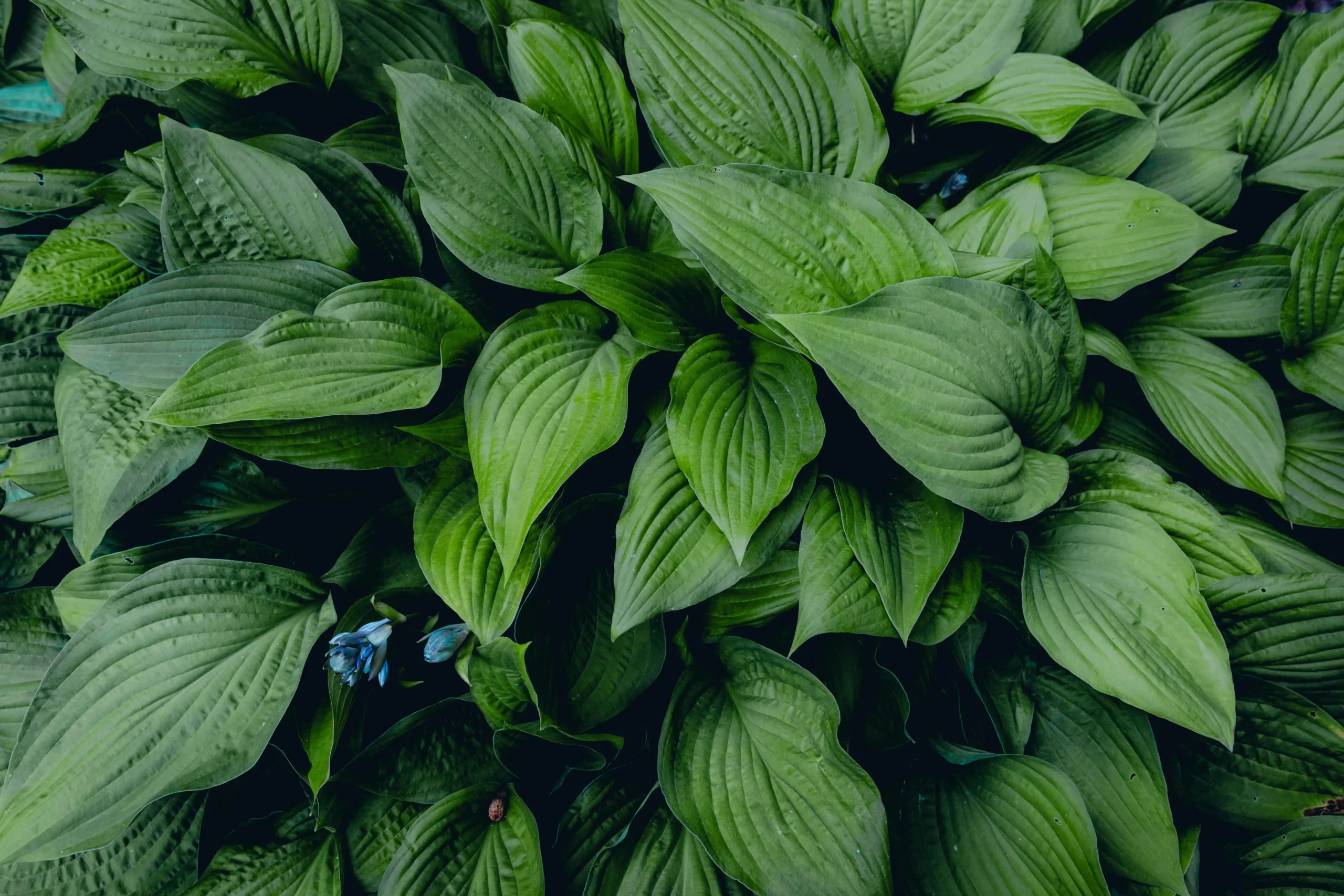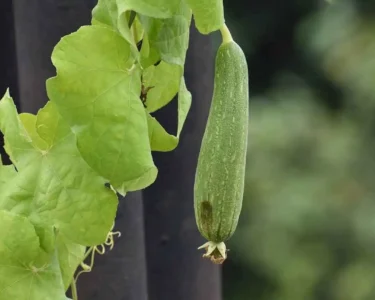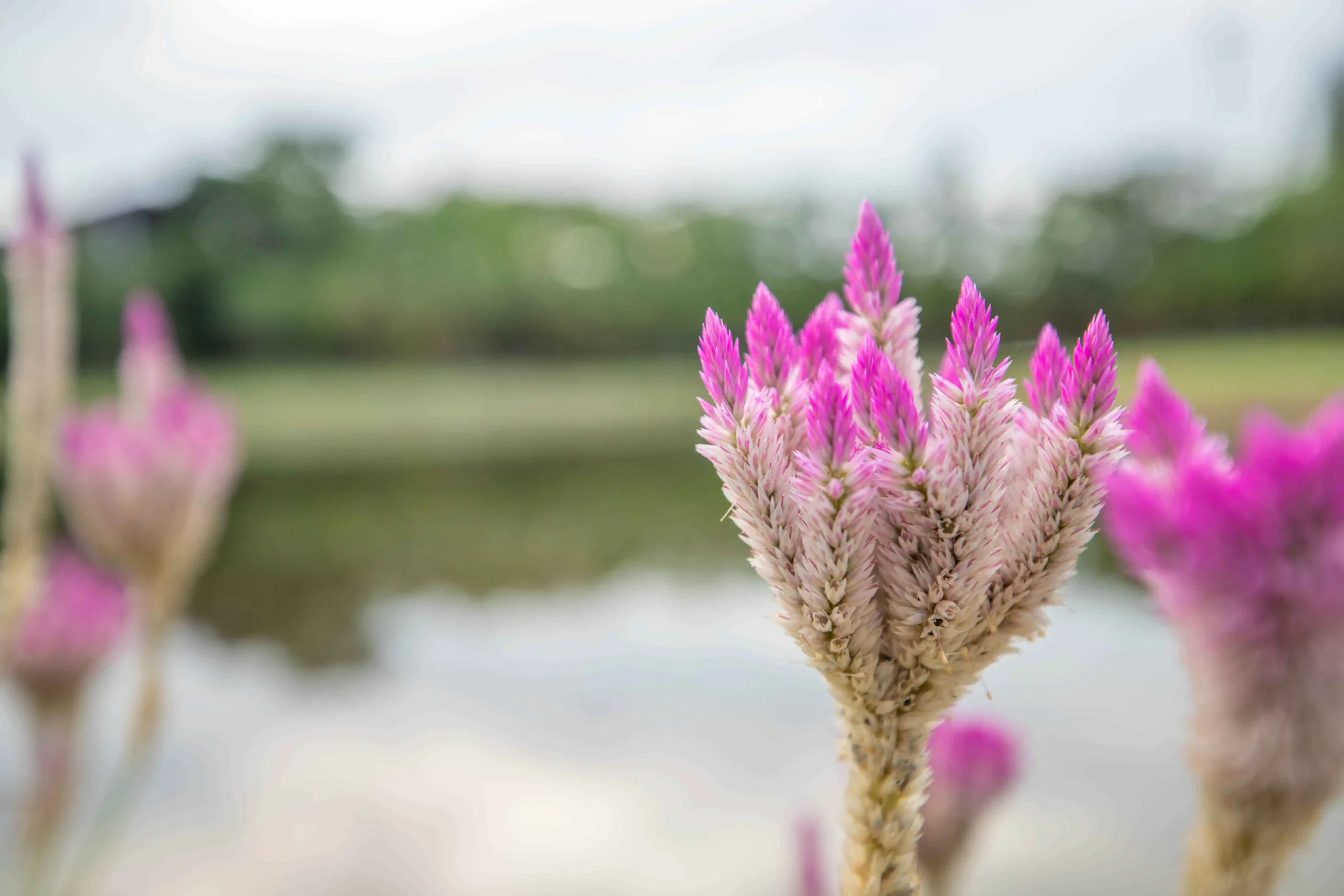Hostas are perennial plants that are renowned for their beautiful foliage and capacity to thrive in shaded areas. While division of the hosta’s roots is the most popular planting method, growing hosta from seeds is feasible and rewarding process.
Here’s an easy-to-follow guide to start your garden journey!
1. Get Your Supplies Together:
Before starting to sow hosta seeds, make sure you have all the required supplies. This could include things like:
- Hosta seeds
- Small pots or seed trays
- Seed-starting mix or soil that is well-drained
- Transparent plastic wrap or transparent lid made of plastic
- A spray bottle to water
- A warm, well-lit indoor location
2. Select the appropriate seeds:
Hosta seeds can be harvested in autumn from hosta plants that are mature as their pods have become brown and feel soft to the touch. Then, you can extract the seeds, store them until planting day is upon us, and then plant them!
3. Ready Your Containers for Planting:
When the Seed-Starting Mix as well as Well-Draining Mix is expected to serve adequate drainage, a light soaking prior to seeding will warrant that seeds are in good contact with the mix.
4. Sow Seeds:
Equally distribute hosta seeds over the surface of the soil and push them gently into the soil. Provide sufficient light to allow the seeds to germinate correctly.
5. Set the proper conditions for growth:
Hosta seeds begin to germinate excellently when they are placed in a light and warm area, like close to windows, but away from direct sunlight that can quickly dry out the soil. Pots or seed trays must be put near windows, however avoid direct sunlight to prevent drying out too fast.
6. Maintain Moisture Levels:
Decrease dampness levels within the building and increase the comfort levels. Maintain your soil’s moisture by not overwatering it. Moisture the soil’s surface using a spray bottle when the soil’s surface starts to dry out, while being careful not to disturb seeds that may have been planted on it.
7. Encourage the germinating process:
For a faster rate of germination, make an illusion of a greenhouse by covering your seed trays and pots with plastic wrap or lids made of transparent materials. It will hold in moisture and create the perfect environment to grow your seeds to assure the success of your seeds. This will also offer the sprouts you grow at home with satisfying assistance to assure that they germinate effectively!
8. Be Patient:
Hosta seeds take a couple of weeks or even months to allow their seeds to germinate well. So spend time and care when caring for these delicate seedlings with all the care and attention they require.
9. Transplant Seedlings:
After the seedlings have sprouted with a variety of leaves and are sturdy sufficient to handle, they can be transplanted either in larger pots, or directly into partially or shaded areas that have well-drained soil.
10. Appreciate Your Hosta Plants:
With time and attention, the hosta seeds into plants mature suitable to will add elegance and texture in your yard. Make time for yourself, take a break and observe as your hostas grow and flourish You won’t regret the investment!
11. Make sure you have sufficient space:
When your hosta seedlings begin to grow, it is essential to provide them with satisfying space for them to flourish. Hostas are well-known for their lush, wide leaves. Ensure that when you transplant them into your garden, they are allowed plenty of space. According to their types, mature hostas can be anywhere from a few inches at several feet size, so be prepared for optimal growth in order to avoid crowding.
12. Mulch and Weed:
To ensure that hosta seedlings have the perfect chance of success, assure the surrounding area is free of the weeds that are competing with them for water and nutrients. Applying mulch to the plant’s base could benefit to reduce weeds, while maintaining the proper amount of moisture and ensuring optimal temperatures and creating the perfect environment for healthy growth of plants.
13. Check to look out for Pests as well as Diseases:
Hostas are low maintenance plants, yet can become susceptible to pests like snails, slugs and deer. Be on the lookout for damages like gaps between leaves, or chewed off leaves that suggest damage caused by these insects. Take measures immediately if the signs to stop it. Also, keep an eye out for signs of crown rot and leaf spot diseases to prevent their spread.
14. Fertilize when needed:
To encourage robust growth and lush foliage You should fertilize your hosta plant during their growth season. Choose a fertilizer specifically designed for ornamental plants, and apply it adequate to the instructions of the manufacturer. Avoid fertilizing too much, as it could result in excessive growth and reduce flower production.
Where to Buy
Where can you buy when you are looking to purchase seeds for the hosta? There are many sources to consider:
Online retailers: Amazon is one such retailer, but make sure to check out other marketplaces such as speciality seed retailers that have positive reviews from customers.
Local nurseries for a direct experience: Local garden centers and nurseries might have them available to sell. This is an excellent choice to think about before making your purchase as you can personally visit them yourself.
Specialist Stores: Physical and online specialty stores for plants and trees can have hosta seeds to be sold, and provide specific information about their source and the quality.
Conclusion: Take in the beauty of mature Hostas:
With the right care and attention, your hosta seedlings will develop into beautiful healthy plants that add charm to the appearance the garden. From their beautiful arched leaves to the delicate flowers which adorn certain species, there’s a lot to admire about these perennials. So, take some time to appreciate their beauty or even split them up and distribute them among your gardeners so that you are able to enjoy growing hostas from seeds!





